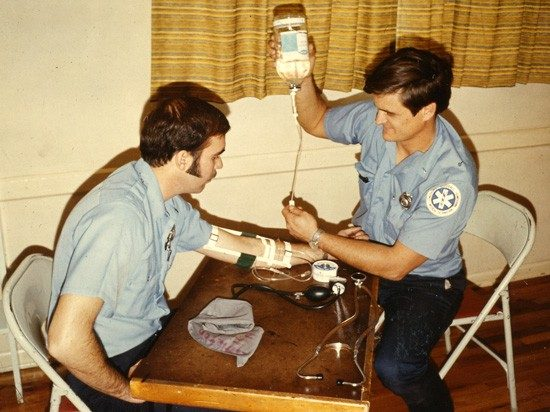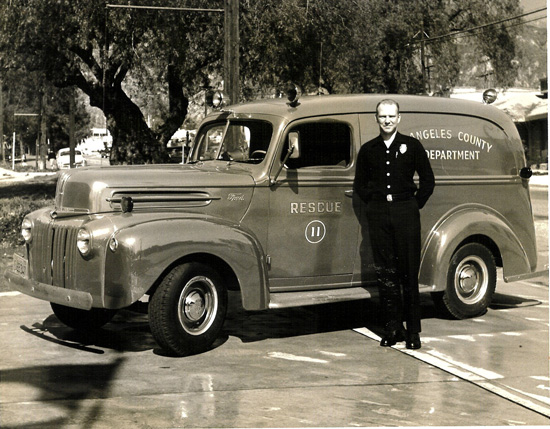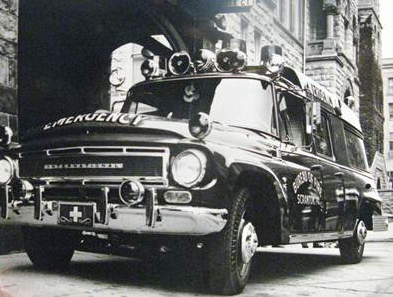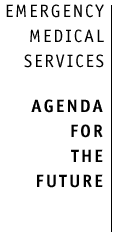Accidental Death and Disability Report (called the White Paper) to Lyndon B Johnson spurs the discussion of civilian paramedicine.
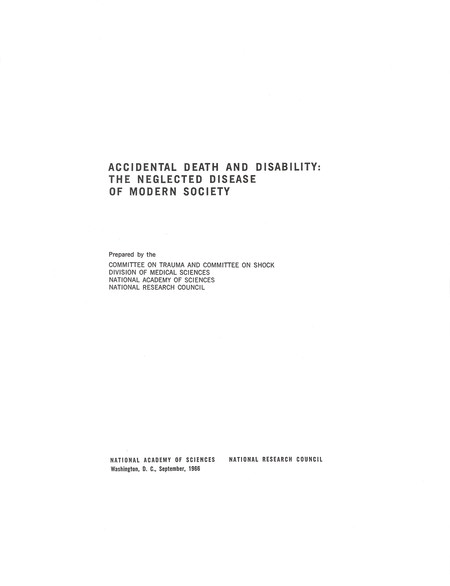
Recommendations in the White Paper lead to the first standardized EMS curriculum for the Emergency Medical Technician-Ambulance, or EMT-A.
Wedworth-Townsend Pilot Paramedic Act (SB 772) allows California counties to establish paramedic services.
NREMT forms in an effort to standardize the testing and licensure across EMS localities. First exams offered to EMT-A level candidates.
The show Emergency! television series debuts on NBC. The show, with critical input from Los Angeles Chief Jim Page, brought the idea of educated and professional paramedics into living rooms across America.
Walt Stoy, PhD, Nancy Caroline, MD, and others in Pittsburgh drive the development of advanced skills and treatments. The foundations of the the EMT-P level provider.
NREMT offers first exam to EMT-P level candidates.
The state level California EMS Authority is formed through the Emergency Medical Services System and Prehospital Emergency Medical Care Personnel Act (SB125).
University of California, Los Angeles becomes the first accredited paramedic training program in the country.
National Paramedic Curriculum is given its first major overhaul.
EMS Agenda for the Future lays a path of evidence-based practice for paramedicine and better connectivity of EMS with other healthcare providers.
National Paramedic Curriculum receives a second major revision.

